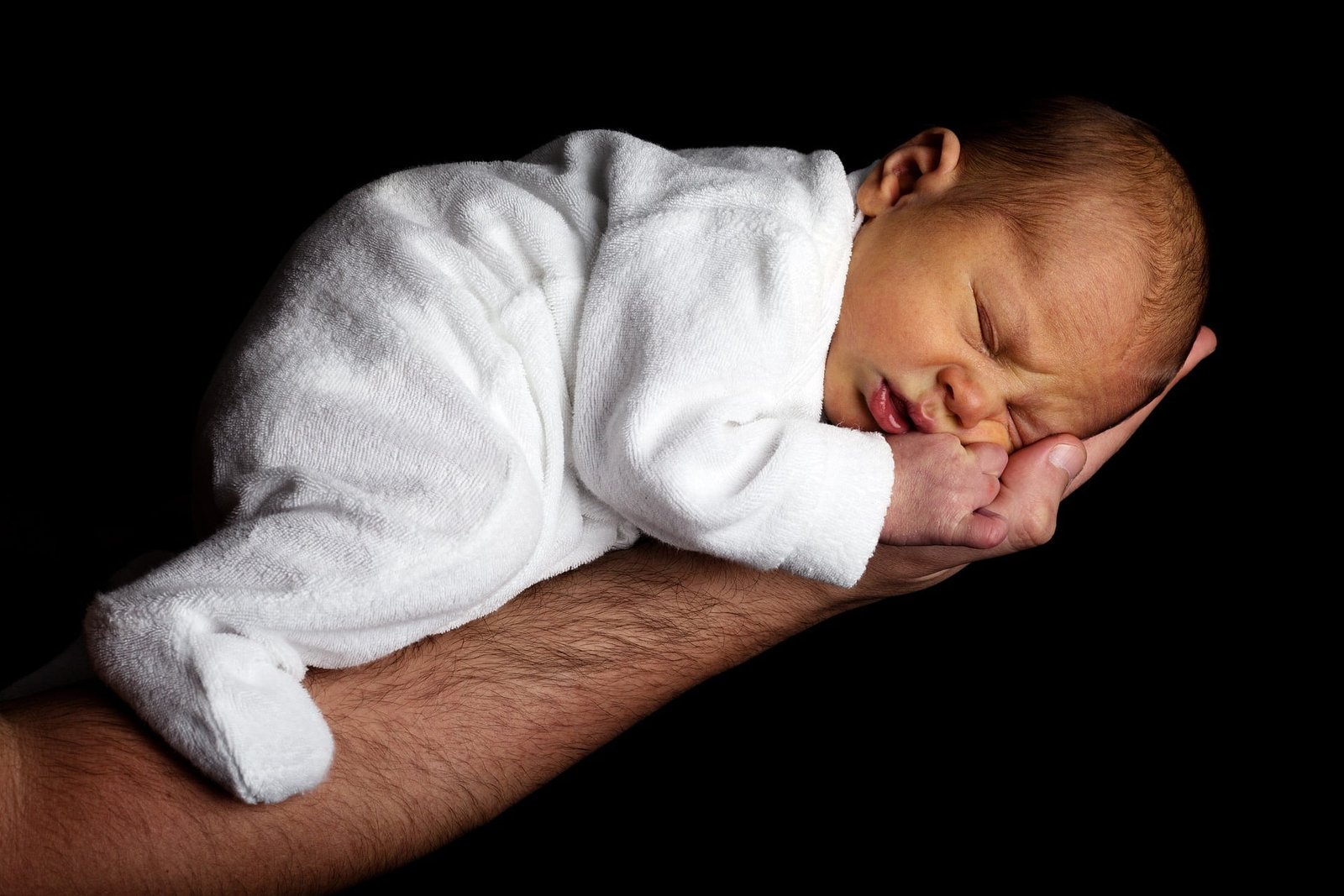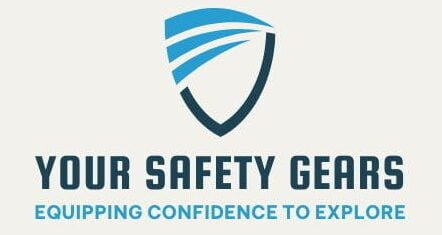Introduction:
As families prepare for air travel, ensuring the safety and well-being of children onboard becomes paramount. Among the critical considerations is the utilization of Federal Aviation Administration (FAA)-approved child safety seats. These specialized seats play a pivotal role in safeguarding young passengers, offering indispensable protection and security during flights, including turbulent conditions or emergency situations.

Understanding FAA-Approved Child Safety Seats:
FAA-approved child safety seats undergo meticulous testing and certification to meet stringent safety standards set by the FAA. Rigorous assessments ensure these seats provide adequate protection for children during air travel, complying with specific guidelines regarding structural integrity, secure harness systems, and resilience to flight-related forces.
Why Use FAA-Approved Seats:
- Enhanced Safety Standards: These seats adhere to rigorous safety protocols, providing a higher level of protection compared to regular seats or lap-held options.
- Proper Restraint System: Equipped with secure harness systems, they keep children restrained during flights, minimizing the risk of injury during turbulence or sudden movements.
- Suitability for Aircraft: Engineered to fit aircraft seating configurations, ensuring a secure and snug fit for optimal safety.
- Consistency in Safety Measures: Maintains consistency in safety for children, both on the ground and in the air.
Benefits of FAA-Approved Child Safety Seats:
- Protection During Turbulence: Offers a secure environment, reducing the risk of injury during unexpected turbulence.
- Emergency Situations: Provides added protection during emergency landings or abrupt maneuvers, keeping children securely restrained.
- Comfort and Familiarity: Children are more comfortable and at ease in their familiar seats, alleviating anxiety associated with air travel.
- Regulatory Compliance: Airlines mandate FAA-approved seats for infants and young children, ensuring compliance with safety regulations.
Types of FAA-Approved Child Safety Seats:
- Rear-Facing Seats: Optimal protection for infants and young toddlers, safeguarding the head, neck, and spine.
- Forward-Facing Seats: Suitable for older toddlers and young children, equipped with a secure harness system and appropriate support.
- Convertible Seats: Versatile options adjustable to accommodate various stages of a child’s growth, ensuring long-term usability.
Tips for Using FAA-Approved Seats:
- Proper Installation: Follow manufacturer instructions and airline guidelines meticulously for correct installation.
- Size and Weight Limits: Adhere to specified limits to ensure maximum safety.
- Booking Accommodations: Inform the airline in advance to arrange appropriate seating for using a child safety seat.
Conclusion:
FAA-approved child safety seats are indispensable for ensuring the safety and well-being of young travelers during air travel. Their meticulous design, adherence to stringent safety standards, and ability to provide a secure environment make them essential for families flying with children. Prioritizing the use of these seats underscores a commitment to the safety of our youngest passengers, offering peace of mind to parents and caregivers alike. From proper installation to adherence to size and weight limits, utilizing FAA-approved child safety seats aligns with the collective goal of safeguarding children, making air travel a safer and more secure experience for everyone involved.

